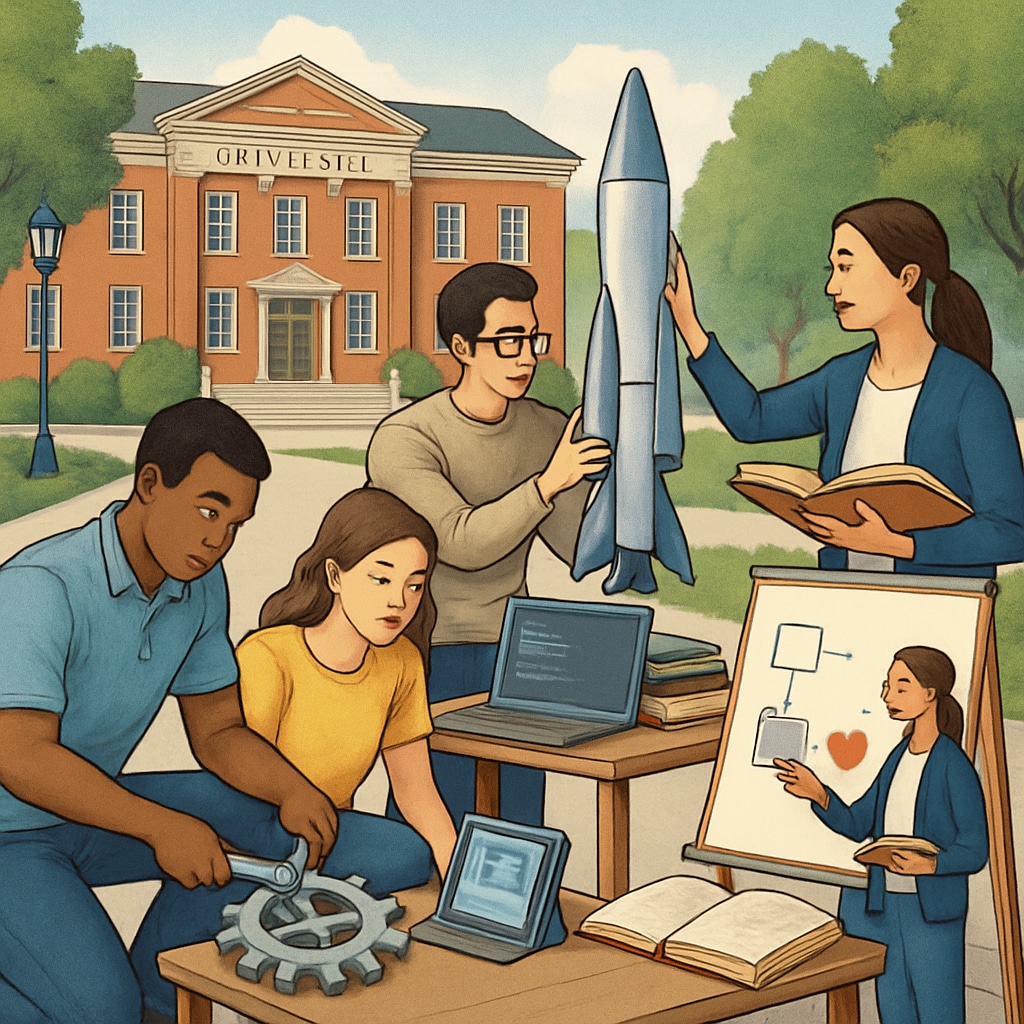Pursuing dual degrees in education and engineering is an ambitious academic endeavor that combines two distinct fields of study. The combination of a teaching degree and an engineering degree offers unique opportunities for career development, merging technical expertise with pedagogical skills. In this article, we explore the feasibility of pursuing dual degrees in education and engineering, outline potential academic pathways, and discuss the career benefits and challenges involved.
Why Combine Education and Engineering Degrees?
Education and engineering represent two seemingly unrelated fields, but combining them can unlock diverse career possibilities. For example, individuals with expertise in both areas can excel in roles such as STEM educators, curriculum developers for technical subjects, or even engineering consultants who specialize in training and instruction. The interdisciplinary nature of these fields can help bridge the gap between technical knowledge and effective communication, fostering innovation in industries and schools alike.

Feasible Academic Pathways
Achieving dual degrees in education and engineering requires careful planning, as both programs often have demanding course requirements. Below are three common academic pathways to consider:
- Concurrent Degree Programs: Some universities offer structured dual-degree programs where students can pursue both majors simultaneously. These programs often integrate overlapping coursework to reduce the time needed to complete both degrees.
- Sequential Degrees: Students may complete one degree first and then pursue the second. For example, an individual might first earn a teaching degree and later enroll in an engineering program or vice versa.
- Customized Course Plans: For institutions that do not offer formal dual-degree programs, students can create a customized plan by majoring in one field and minoring in the other, or by taking elective courses that complement both disciplines.
Regardless of the pathway chosen, balancing the requirements of both degrees often demands strong time management skills and a clear vision for career goals.

Career Advantages and Challenges
The combination of education and engineering degrees provides professionals with a competitive edge in the job market. Below are some of the key advantages:
- Diverse Career Options: Graduates can work as educators specializing in STEM fields, instructional designers for technical training programs, or engineers who focus on knowledge transfer and communication.
- High Demand for STEM Educators: With the growing emphasis on science, technology, engineering, and mathematics (STEM) education, there is a rising need for teachers who can effectively convey complex technical concepts to students.
- Interdisciplinary Skillset: A dual-degree holder is equipped with both technical proficiency and teaching skills, making them highly valuable in roles that require both expertise and mentorship.
However, pursuing dual degrees also comes with challenges:
- Extended Time Commitment: Completing two degrees can take longer than pursuing a single major, which may delay entry into the workforce.
- Financial Strain: The cost of tuition, books, and other expenses can be significantly higher when enrolling in dual programs.
- Academic Load: Managing the coursework for two demanding fields requires exceptional organizational skills and resilience.
Despite these challenges, the long-term career benefits often outweigh the initial hurdles, especially for individuals passionate about both teaching and engineering.
How to Prepare for Dual Degrees
Preparation is key to successfully pursuing dual degrees in education and engineering. Here are some actionable tips for prospective students:
- Research Programs: Look for universities offering dual-degree programs or flexible course options that allow you to combine these disciplines.
- Seek Advising: Consult academic advisors or mentors to create a feasible study plan tailored to your goals and interests.
- Leverage Scholarships: Explore financial aid options specifically targeted at interdisciplinary studies or STEM education programs.
- Develop Time Management Skills: Balancing two demanding majors requires effective scheduling and prioritization.
- Network: Connect with professionals or alumni who have pursued similar academic paths to gain insights and advice.
By taking these steps, students can better navigate the complexities of dual-degree programs and set themselves up for success.
In conclusion, pursuing dual degrees in education and engineering is both challenging and rewarding. For students passionate about teaching and technical problem-solving, this interdisciplinary approach offers a unique way to combine their interests and make a meaningful impact in both fields. With careful planning and dedication, aspiring professionals can leverage the advantages of this dual-degree pathway to build fulfilling and innovative careers.


